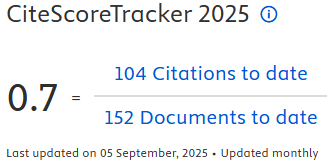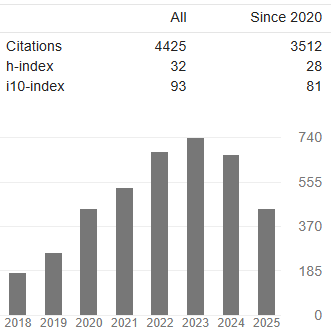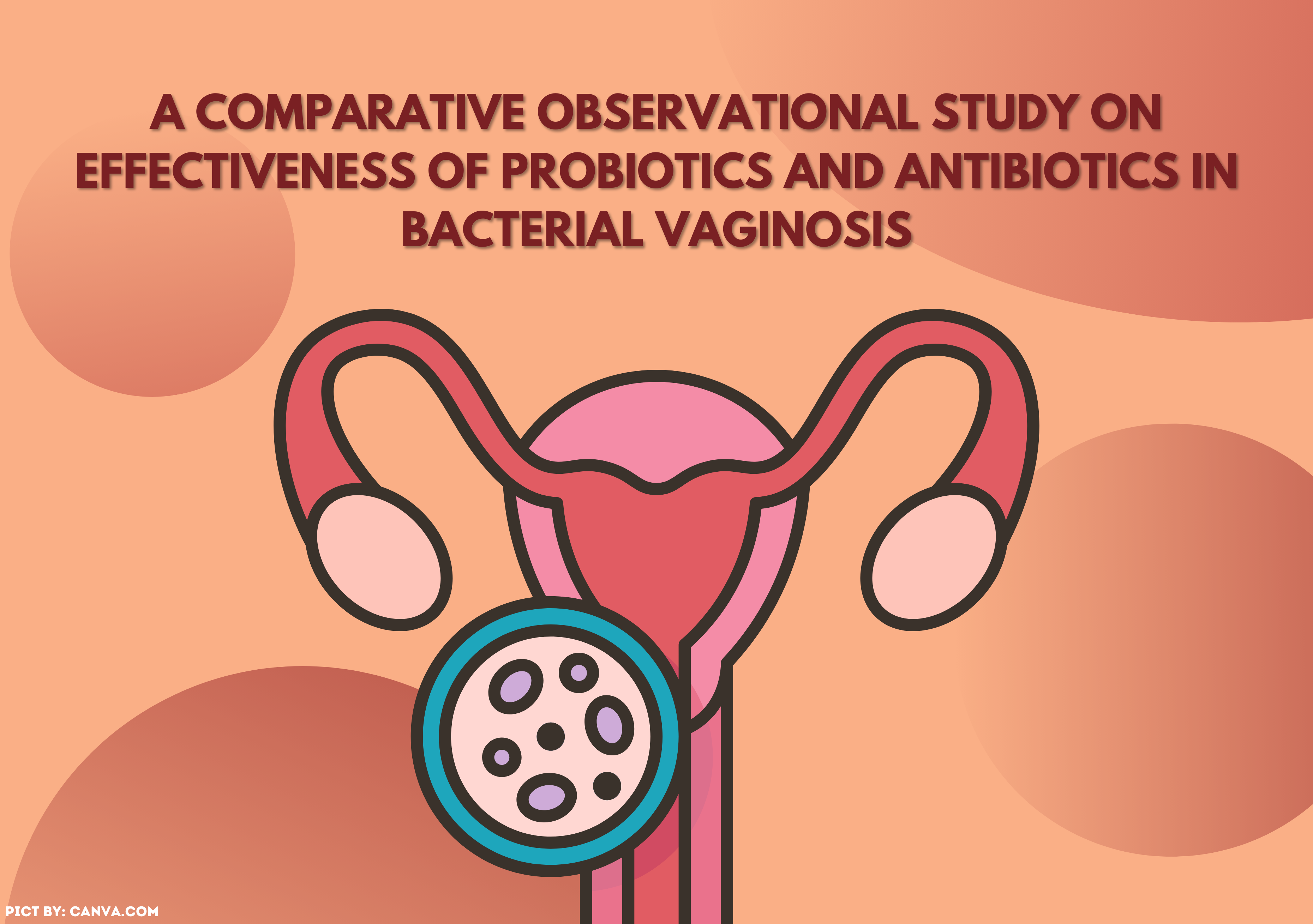LOCOMOTOR DISABILITY AMONG ADULT POPULATION OF A NORTH INDIAN DISTRICT: A CROSS SECTIONAL STUDY

Introduction: Disability, which has been deemed as a significant public health problem in our country, in any form, be it correctable or not, tends to hamper the day to day life of the affected person. It affects their personal as well as professional life to a great extent, and creates a lack of confidence and difficulty in social interactions. To assess the burden of locomotor disability, its socio-demographic correlates, and suggest measures to improve the life of people with disability. Methods: It was a cross-sectional study, conducted in areas under the rural and urban health training centers, using a pretested and validated questionnaire along with appropriate examination of the involved system. A total of 900 individuals were included. The study duration was July 2017 to June 2018. The collected data were analyzed using SPSS 20.0. Results: The total prevalence of disability (of any type) contributed to 13.6% while locomotor disability was found to be 4.44% in the study population. Significant association of locomotor disability was observed with age, gender, marital status and occupation (p <0.05). Conclusion: Availability and accessibility of rehabilitation centers at the peripheral areas, along with creating community awareness towards it, may prove to be a step in the right direction to alleviate the discomfort of the people living with disability.
Ahmad, N. A. et al. (2017) ‘Prevalence and determinants of disability among adults in Malaysia: Results from the National Health and Morbidity Survey (NHMS) 2015', BMC Public Health, 17(1), p. 756. https://doi.org/10.1186/s12889-017-4793-7
Aligarh District Population Census 2011 Uttar Pradesh literacy sex ratio and density. (2011).
De Andrade, K. R. C. et al. (2015) ‘Functional disability of adults in Brazil: Prevalence and associated factors', Revista de Saude Publica, 49, p. 89. https://doi.org/10.1590/S0034-8910.2015049005945
Barbotte, E. et al. (2001) ‘Prevalence of impairments, disabilities, handicaps and quality of life in the general population: A review of recent literature', Bulletin of the World Health Organization, pp. 1047–1055. doi: 10.1590/S0042-96862001001100008.
Bedirhan Üstün, T. et al. (2001) WHO Multi-country Survey Study on Health and Responsiveness 2000-2001.
Borker, S. et al. (2008) ‘Study of Prevalence and Types of Disabilities at Rural Health Centre Mandur – A Community Based Cross Sectional House to House Study in Rural Goa', 19(2), pp. 56–60.
Griggs, D. et al. (2013) ‘Policy: Sustainable development goals for people and planet', Nature. Nature, pp. 305–307. doi: 10.1038/495305a.
Kar, N. (2002) ‘Pattern and Causes of Rural Based Locomotor Disabled', IJPMR, 13(April 2002), pp. 24–27.
MOSPI (2012) ‘Concepts and Definitions', in Manual on Disabilty Statistics. Ministry of Statistics and Programme Implementation, Government of India.
NSSO (2003) ‘Disabled Persons in India NSS 58tthh round (July – December 2002) NationalNational Sample Survey Organisation Ministry of Statistics and Programme Implementation Government of India', Report No. 485 (58/26/1).
Osman, A. and Rampal, K. G. (1989) ‘A study of locomotor disabilities in a Malay community in Kuala Selangor.', The Medical journal of Malaysia, 44(1), pp. 69–74.
Padhyegurjar, S. B. and Padhyegurjar, M. S. (2011) ‘Cross-Sectional Study of Locomotor Disabilities in Urban Slum Area of Mumbai', Community Medicine, 2(3), pp. 492–493.
Suganthi, S. and Kandaswamy, M. (2015) ‘Prevalence and Pattern of Locomotor Disability in Rural Puducherry', International Journal of Current Research and Review, 7(21), pp. 50–53.
United Nations (2013) UN Enable : First 50 Years : Chapter II - What is a disability? common Language for Functioning, Disability and Health: ICF The International Classification of Functioning, Disability and Health', WHO/EIP/GPE/CAS/01.3.
WHO (2012) World report on disability. https://doi.org/10.1111/j.1741-1130.2011.00320.x
Copyright (c) 2023 The Indonesian Journal of Public Health

This work is licensed under a Creative Commons Attribution-NonCommercial-ShareAlike 4.0 International License.
- The authors agree to transfer the transfer copyright of the article to The Indonesian Journal of Public Health effective if and when the paper is accepted for publication.
- Authors and other parties are bound to the Creative Commons Attribution-NonCommercial-ShareAlike 4.0 International License for the published articles, legal formal aspect of journal publication accessibility refers to Creative Commons Attribution-NonCommercial-ShareAlike 4.0 International License (CC BY-NC-SA), implies that:
- Attribution ” You must give appropriate credit, provide a link to the license, and indicate if changes were made. You may do so in any reasonable manner, but not in any way that suggests the licensor endorses you or your use.
- NonCommercial ” You may not use the material for commercial purposes.
- ShareAlike ” If you remix, transform, or build upon the material, you must distribute your contributions under the same license as the original.































